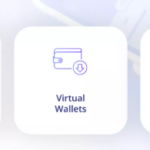In this article, I will talk about how to track multiple wallets using the best portfolio apps for easier crypto management. Managing several wallets can be tough.
- What is Multiple Wallets ?
- How to Track Multiple Wallets Using the Best Portfolio Apps
- Example: Tracking Multiple Wallets Using CoinStats
- Step 1: Download and Install CoinStats
- Step 2: Access the Portfolio Section
- Step 3: Connect Your First Wallet
- Step 4: Add Additional Wallets
- Step 5: Sync Exchanges (Optional)
- Step 6: Review and Monitor Your Portfolio
- Step 7: Set Alerts and Insights
- Why Tracking Multiple Wallets Is Important
- Centralized Asset Management
- Improved Portfolio Insights
- Enhanced Security Monitoring
- Simplified Tax and Reporting
- Diversification Management
- Real-Time Market Updates
- Reduced Risk of Loss
- Best Portfolio Apps to Track Multiple Wallets
- Benefits of Tracking Wallets Through Portfolio Apps
- All-in-One Portfolio View
- Time-Saving and Efficient
- Real-Time Market Updates
- Advanced Analytics and Insights
- Easy Tax and Transaction Management
- Cross-Chain and Exchange Support
- Secure and Private Tracking
- Multi-Device Accessibility
- Security Tips When Using Portfolio Apps
- Never Share Your Private Keys
- Use Apps You Trust
- Turn On Two-Factor Authentication
- Watch Your API Permissions
- Update Your Apps
- Avoid Public Wi-Fi
- Use Strong, Unique Passwords
- Review Your Connections Regularly
- Secure Your App
- Back Up Your Info
- Common Mistakes to Avoid
- Sharing Private Keys or Sensitive Data
- Using Unverified or Fake Apps
- Ignoring Data Sync Issues
- Neglecting Security Settings
- Connecting APIs with Full Permissions
- Overlooking App Updates
- Forgetting to Remove Unused Wallets
- Relying on One App Only
- Ignoring Backup Options
- Disregarding Privacy Settings
- Future of Crypto Portfolio Tracking
- Conclusion
- FAQs
However, with the right portfolio tracking tools, you can keep an eye on all your assets, check performance, and stay informed about market changes, all from one secure dashboard.
What is Multiple Wallets ?
Having multiple wallets means utilizing more than one cryptocurrency wallet to store and manage digital assets.
Crypto investors often keep multiple wallets to further separate different types of holdings for better security and manage assets on different blockchains and exchanges, for instance, one wallet may store Bitcoin and another Ethereum or NFTs.

In addition, using multiple wallets helps to mitigate risks in case one wallet is compromised. Wallets can be hardware, software, or mobile-based and each serves different purposes.
While multiple wallets add security, manual monitoring of multiple wallets can be cumbersome, for which wallet portfolio tracking apps become essential.
How to Track Multiple Wallets Using the Best Portfolio Apps
Example: Tracking Multiple Wallets Using CoinStats
Step 1: Download and Install CoinStats
Go to the CoinStats website or your device’s App Store or Google Play and download the app. Create an account using your email or connect through Google or Apple for quick access.
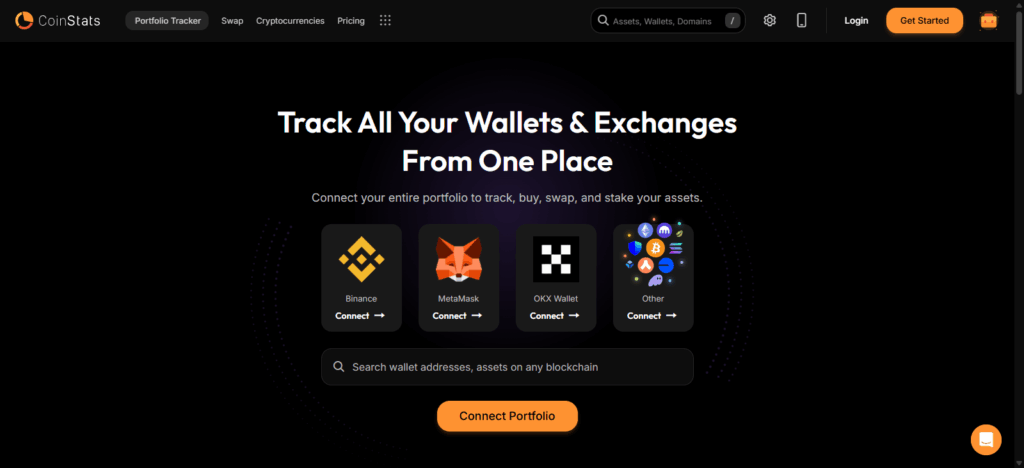
Step 2: Access the Portfolio Section
Once you log in, go to the “Portfolio” tab on the dashboard. This is where you can connect all your crypto wallets and exchanges.
Step 3: Connect Your First Wallet
Click “Add Portfolio” and then choose “Connect Wallet.” Select your wallet type, such as MetaMask, Trust Wallet, Coinbase Wallet, or Binance. You can either scan a QR code or paste your public wallet address to connect automatically.
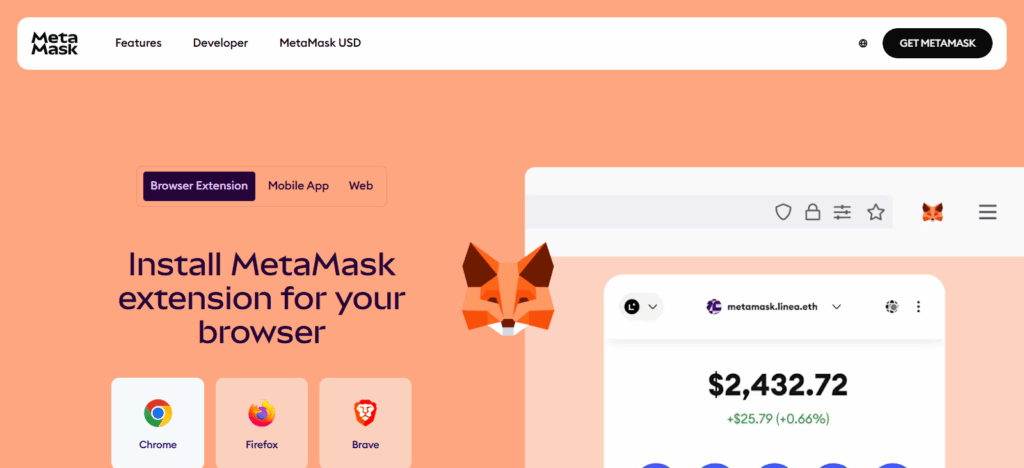
Step 4: Add Additional Wallets
Repeat the same process for your other wallets. CoinStats supports multiple blockchain networks, so you can add wallets from Ethereum, BNB Chain, Polygon, Solana, and more.

Step 5: Sync Exchanges (Optional)
If you also trade on exchanges like Binance or Kraken, link them using API keys. This keeps your trading and wallet data updated in real time.
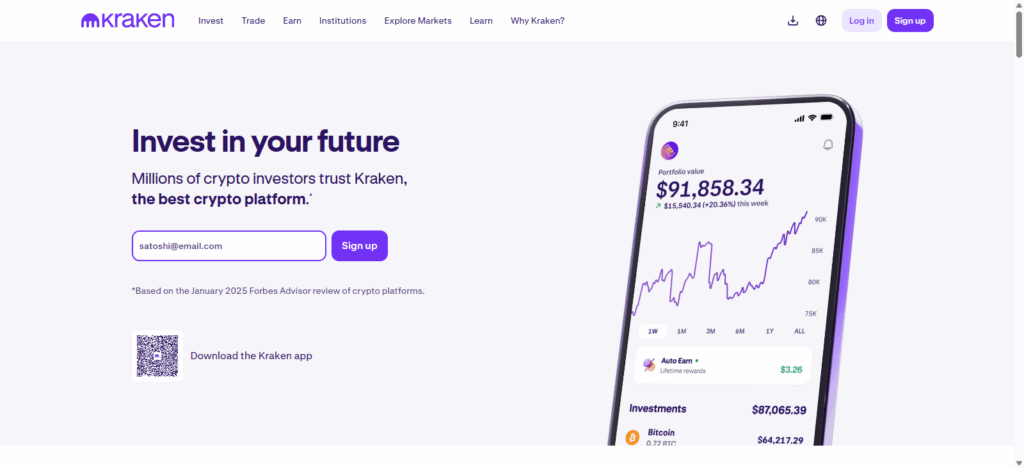
Step 6: Review and Monitor Your Portfolio
After adding all wallets, CoinStats will automatically sync your balances and transactions. You’ll see your total portfolio value, individual token allocations, and performance charts in one place.
Step 7: Set Alerts and Insights
Turn on price alerts, profit and loss tracking, and market updates for better investment decisions. You can also use CoinStats’ analytics tools to see trends and optimize your portfolio.
Why Tracking Multiple Wallets Is Important
Here are the key reasons why tracking multiple wallets is important:
Centralized Asset Management
Tracking multiple wallets in one location allows you to see all your crypto holdings from different blockchains and exchanges under a single dashboard. This saves time and reduces confusion.
Improved Portfolio Insights
By bringing data together, you gain a clear view of your total asset value, profit or loss, and performance trends. This makes your investment decisions more strategic.
Enhanced Security Monitoring
Keeping an eye on multiple wallets helps you quickly spot suspicious transactions or unusual activity. This adds an extra layer of protection for your assets.
Simplified Tax and Reporting
Portfolio apps make it easier to create transaction histories and calculate gains or losses for tax reporting. This helps you avoid errors that can happen with manual record-keeping.
Diversification Management
When you hold different assets across wallets, tracking them together helps you keep a balanced portfolio. You can adjust allocations based on how the market is performing.
Real-Time Market Updates
Integrated tracking apps offer real-time price changes, alerts, and portfolio updates. This keeps you informed about the value of your holdings.
Reduced Risk of Loss
Managing all your wallets from one app lowers the chances of forgetting wallet addresses or losing track of small balances spread across different accounts.
Best Portfolio Apps to Track Multiple Wallets
Zapper
Zapper is one of the best apps for managing multiple wallets. It offers an easy and smooth way to handle assets across different blockchains.
The app automatically syncs all your wallets, providing a single view of tokens, NFTs, and DeFi investments in real time.
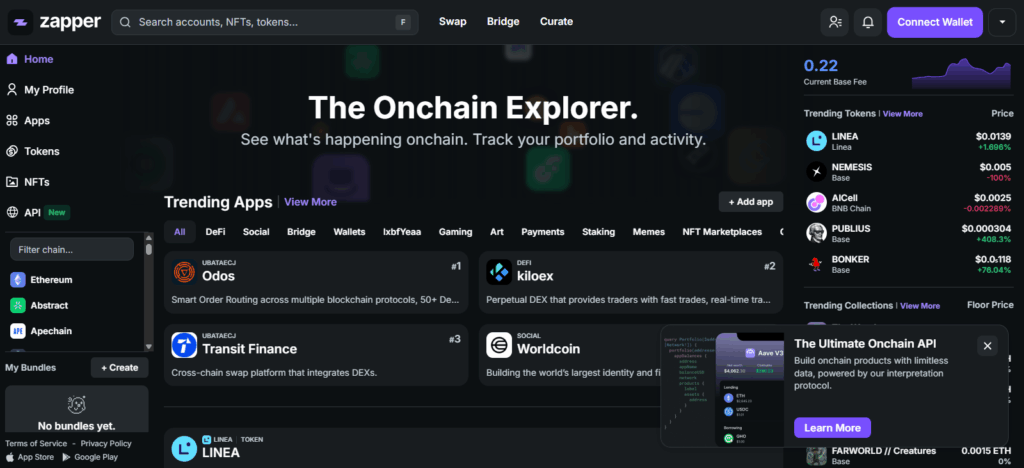
Zapper stands out because of its strong DeFi integration. Users can track liquidity pools, staking, and yield farming activities from one dashboard.
It supports major networks like Ethereum, Polygon, and BNB Chain, giving reliable insights without needing private keys. With its simple interface, quick analytics, and secure wallet connection, Zapper is perfect for today’s crypto investors.
Zerion
Zerion is one of the best portfolio apps for tracking multiple wallets. It is designed for users who want full control over their Web3 assets.
The app automatically detects tokens, NFTs, and DeFi positions in different wallets. It provides a clear, interactive dashboard. What makes Zerion stand out is its smart wallet integration.
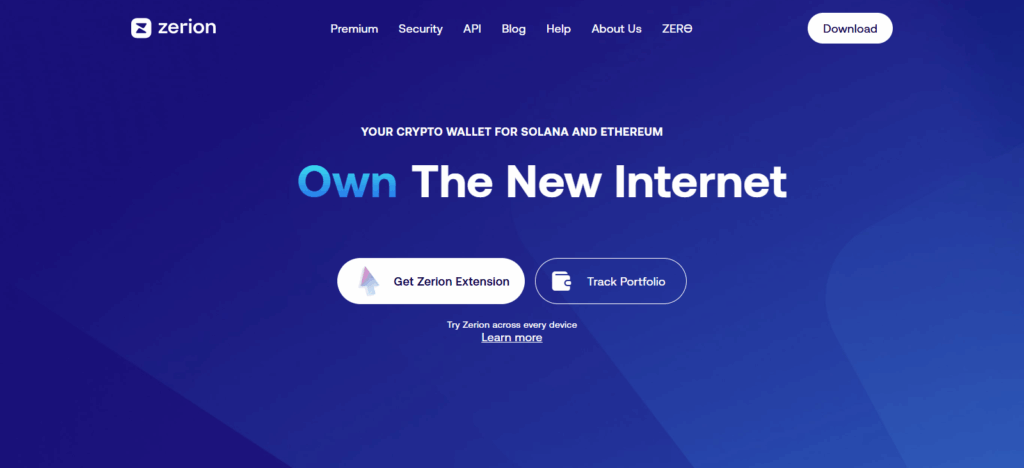
This feature allows users to track, trade, and invest directly within the app. It supports major blockchains and DeFi protocols, offering real-time portfolio analytics and performance insights.
With its focus on simplicity, transparency, and user privacy, Zerion is ideal for investors managing multiple wallets across various blockchain networks.
Delta
Delta is one of the top portfolio apps for tracking multiple wallets. It provides a smooth and easy way to manage all your crypto and traditional investments in one place.
It supports wallet and exchange connections, enabling automatic syncing of real-time data. What makes Delta stand out is its multi-asset tracking feature, which allows users to monitor cryptocurrencies, stocks, ETFs, and NFTs at the same time.

Its detailed analytics, customizable alerts, and user-friendly interface help users make smart investment decisions easily.
Delta also ensures strong data privacy and smooth device syncing, making it a powerful all-in-one portfolio solution for both crypto traders and diverse investors.
Kubera
Kubera is one of the best portfolio apps for tracking multiple wallets. It is designed for investors who manage both crypto and traditional assets.
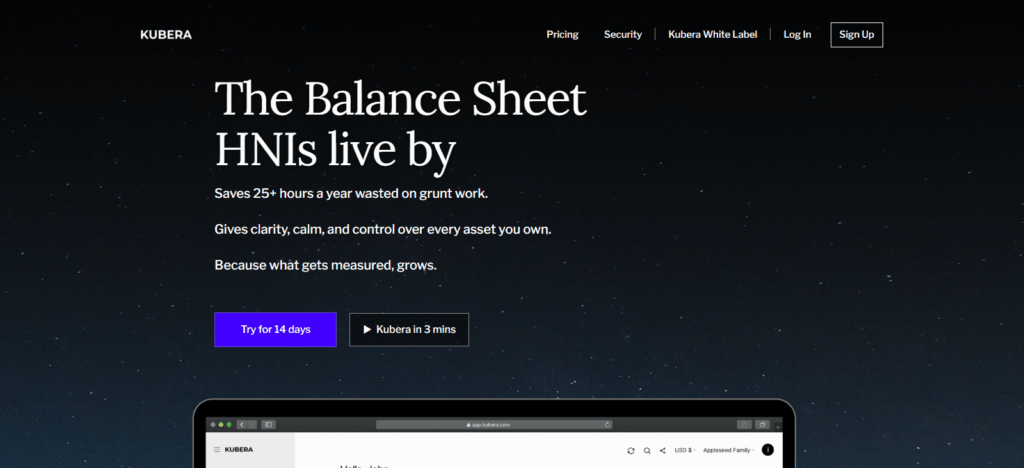
You can easily track cryptocurrencies, stocks, real estate, and DeFi holdings from one dashboard. What makes Kubera unique is its thorough wealth management approach. It combines automatic wallet syncing with manual asset entries, giving you a complete view of your net worth.
The app supports multiple blockchains and wallets while prioritizing privacy. There is no unnecessary data sharing. With detailed performance charts, automatic valuation updates, and features for managing inheritance, Kubera is a top choice for serious investors.
Benefits of Tracking Wallets Through Portfolio Apps
All-in-One Portfolio View
Portfolio apps gather data from various wallets and exchanges. This allows you to see your total holdings, performance, and balance in one easy-to-read dashboard.
Time-Saving and Efficient
You can monitor all your assets instantly from a single platform. This saves you the time and effort of checking each wallet one by one.
Real-Time Market Updates
These apps provide live price tracking, market alerts, and automatic portfolio updates. This feature helps you respond quickly to changes in the market.
Advanced Analytics and Insights
Portfolio trackers offer performance charts, profit and loss analysis, and allocation breakdowns. This information enables you to make smarter investment choices.
Easy Tax and Transaction Management
Most apps automatically record every trade and transfer. This simplifies tax calculations and helps you keep an accurate transaction history.
Cross-Chain and Exchange Support
You can manage wallets from multiple blockchains, such as Ethereum, BNB, and Polygon. The apps also allow seamless integration with exchanges like Binance or Coinbase.
Secure and Private Tracking
Reputable portfolio apps use encryption and API-based integrations. This way, you can track your assets securely without needing to share your private keys.
Multi-Device Accessibility
Most apps work on web, Android, and iOS. This gives you immediate access to your portfolio anytime and anywhere.
Security Tips When Using Portfolio Apps
Never Share Your Private Keys
Seriously—never give out your private keys or seed phrase. Only your public wallet address or a read-only API key should go into a portfolio tracker. If an app wants more than that, something’s off. Walk away. Giving up your private keys is like handing someone your entire wallet.
Use Apps You Trust
Stick to apps from official app stores or the developer’s own site. There are so many fakes out there that even a familiar logo isn’t a guarantee. Not sure about an app? Search online or check reviews first.
Turn On Two-Factor Authentication
A password alone won’t cut it. With two-factor authentication, even if someone learns your password, they can’t get in without the special code from your phone or authenticator app. That extra step really matters.
Watch Your API Permissions
When you hook up an exchange, double-check what you’re allowing. Only let the app view your info—don’t ever enable withdrawals or trading. If you see “withdrawal enabled,” turn it off right away. You’re here to track your assets, not risk them.
Update Your Apps
Updates aren’t just for show—they patch up security holes. If you ignore them, you’re leaving yourself exposed. Set your app to auto-update, or at least check for new versions every so often.
Avoid Public Wi-Fi
Open Wi-Fi might be tempting, but it’s risky. Hackers love it. If you log in to your portfolio app on public Wi-Fi, someone could easily snoop or steal your info. Wait until you have a secure connection.
Use Strong, Unique Passwords
Pick passwords that are tough to guess—mix up letters, numbers, and symbols. Don’t reuse passwords. A password manager makes life easier if you’ve got a lot to keep track of.
Review Your Connections Regularly
Take a look at the wallets and exchanges you’ve linked to your portfolio app every now and then. If there’s anything you don’t use anymore, disconnect it. Fewer connections mean less risk.
Secure Your App
Most portfolio apps let you set a PIN, fingerprint, or face ID. Use those features. If someone grabs your phone, you don’t want them getting into your crypto right away.
Back Up Your Info
Keep a backup of your API keys and logins somewhere safe—offline or encrypted, if you can. If you lose access to your app, you’ll be glad you have a way back in without starting over.
Common Mistakes to Avoid
Sharing Private Keys or Sensitive Data
Never enter your private keys or seed phrases into any tracking app. Reputable apps only need public addresses or read-only APIs.
Using Unverified or Fake Apps
Avoid downloading apps from unofficial sources. Fake or cloned portfolio apps can steal wallet data or put your security at risk.
Ignoring Data Sync Issues
Not checking for outdated balances or missing transactions can lead to wrong portfolio tracking. Always verify wallet syncs regularly.
Neglecting Security Settings
Many users skip enabling 2FA, app lock, or password protection, which makes their portfolios vulnerable to unauthorized access.
Connecting APIs with Full Permissions
Always connect exchanges with read-only API keys. Giving full permissions can allow unwanted trades or withdrawals.
Overlooking App Updates
Not updating your app can expose it to bugs and security issues. Always install the latest versions.
Forgetting to Remove Unused Wallets
Keeping inactive or old wallets connected increases the risk of data leaks. Disconnect wallets you no longer use.
Relying on One App Only
Don’t rely entirely on a single portfolio tracker. Check your data occasionally with another app or manually to ensure it is accurate.
Ignoring Backup Options
Not backing up API keys or login credentials may lead to losing access if the app resets or your device fails.
Disregarding Privacy Settings
Some apps share anonymized data by default. Review and adjust privacy permissions to keep control over your financial information.
Future of Crypto Portfolio Tracking
Future developments in crypto portfolio tracking will be more intelligent, consolidated, and driven by AI technology. Innovative portfolio applications will include features such as live analytical reviews, automated tax-related record keeping, and cross-chain compatibility for diverse blockchain asset management.
Portfolio tracking applications will advance to accommodate more complex asset tracking as DeFi, NFTs, and Web3 wallets become more prevalent. AI will provide real-time insights, forecast trends, and fine-tune asset optimization.
Additional, more robust protection will soon include decentralized storage and biometric login access to provide the most tailored crypto tracking possible for users around the globe, likely to be the first to integrate decentralized biometric access to crypto portfolio management applications.
Conclusion
To sum up, managing several wallets should be done using effective portfolio applications to facilitate efficient and safe crypto management.
These applications help oversee assets scattered through exchanges and blockchains, aggregating real-time data, analytics, and alerts.
Time saving, precision, and enhanced decision making are possible with a dependable application with robust security possibilities.
For portfolio tracking applications, crypto wealth management is done confidently. Trading casually or holding it for a longterm, tracking applications give you the oversight and assurance to control the expanding digital wealth.
FAQs
How often do portfolio apps update wallet data?
Top portfolio apps update your wallet and market data in real time or at short intervals to reflect accurate balances and prices.
Can I use one portfolio app on multiple devices?
Yes, reputable apps like CoinStats and Delta allow cross-device syncing, letting you access your portfolio anytime from mobile, desktop, or web.
What’s the best app for tracking multiple wallets?
The best app depends on your needs. CoinStats is great for multi-chain tracking, Zapper for DeFi, and Zerion for NFT and Web3 users.
Is it safe to connect my wallets to a portfolio tracker?
Yes, it’s safe as long as you use trusted apps. Always connect using read-only APIs or public wallet addresses, and never share private keys or seed phrases.
Can I track multiple wallets in one app?
Yes, most modern portfolio apps like CoinStats, Zapper, Zerion, and Delta allow you to connect and track multiple wallets and exchanges simultaneously.






